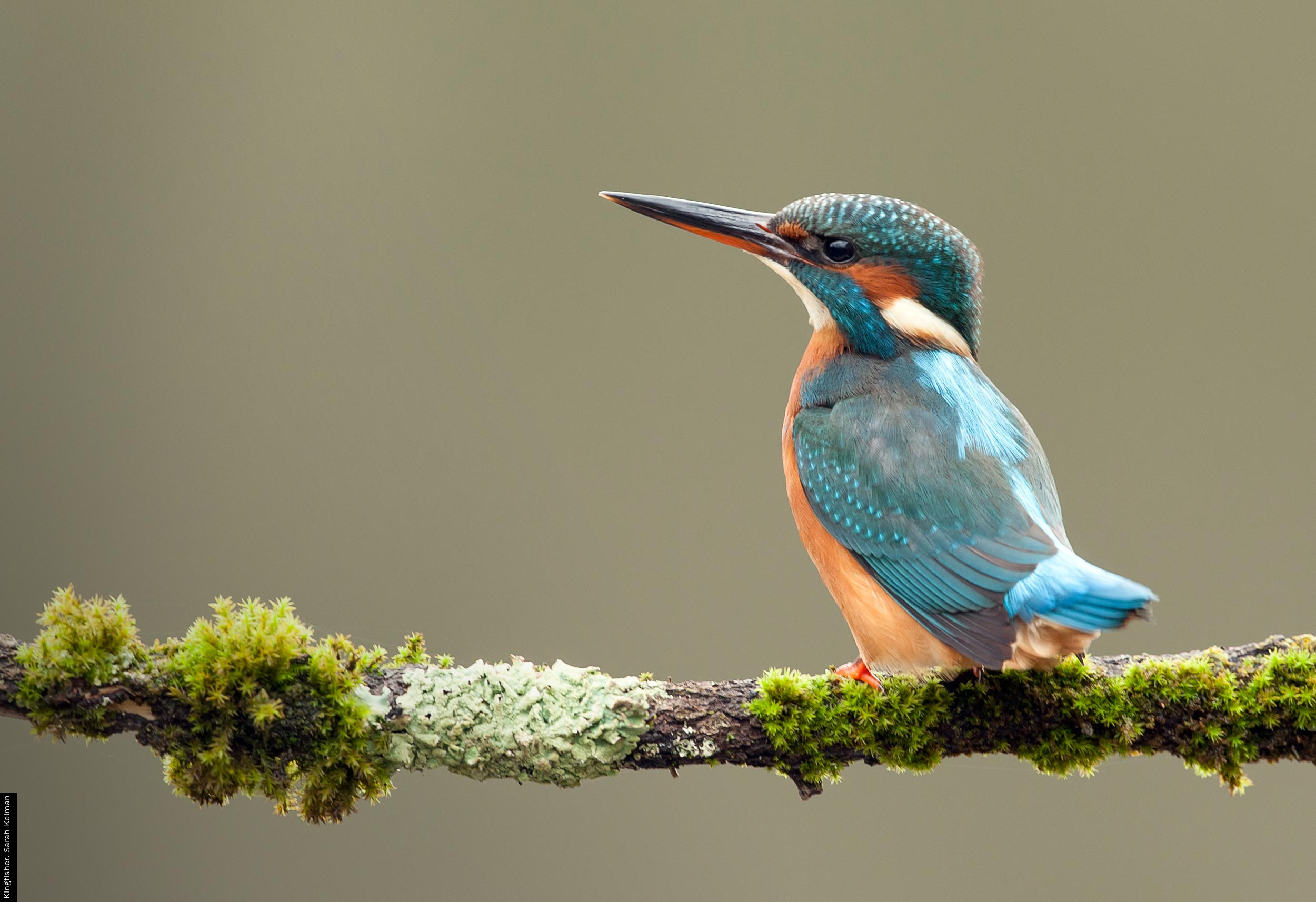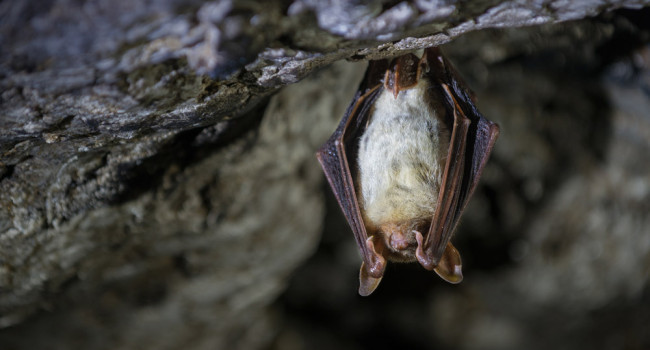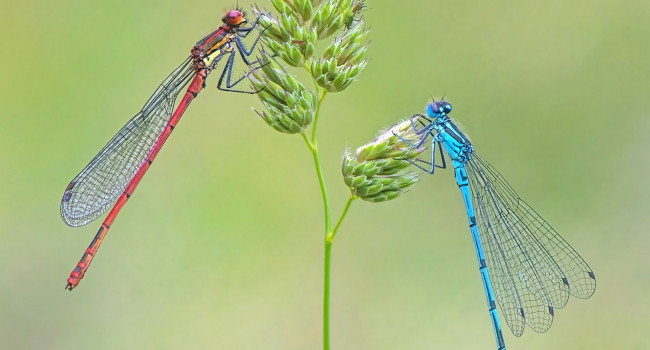Plants for bumblebees
Additional advice may be sought from the Bumblebee Conservation Trust, who have produced a very useful booklet on the subject of gardening for bumblebees. This also includes advice on providing nesting opportunities.
Plants which flower March and April
Apples Malus domestica, Berberis spp., Bleeding-heart Dicentra formosa, Bluebell Hyacinthoides non-scripta, cherries Prunus spp., Dandelion Taraxacum officinale agg., currant Ribes spp., Goat Willow Salix caprea, Ground-ivy Glechoma hedeacea, Lungwort Pulmonaria officinalis, Mahonia spp., Rosemary Rosmarinus officinalis, Red Dead-nettle Lamium purpureum, White Dead-nettle Lamium album, Winter Heath Erica carnea.
Plants which flower May and June
Aquilegia spp., Borage Borago officinalis, Buddleja globosa, Bugle Ajuga reptans, Campanula spp., Ceanothus spp., Chives Allium schoenoprasum, Common Bistort Persicaria bistorta, Common Comfrey Sympytum officinale, Geranium spp., Foxglove Digitalis purpurea, Hebe spp., Honeywort Cerinthe major ‘Purpurascens’, Kidney Vetch Anthyllis vulneraria, Lupin Lupinus x regalis, Red Campion Silene dioica, Red Clover Trifolium pratense, Selfheal Prunella vulgaris, Wallflower Erysimum cheiri, White Clover Trifolium repens, Field Woundwort Stachys arvensis, Yellow Rattle Rhinanthus minor.
Plants which flower July and August
Bramble Rubus fruticosus agg., burdocks Arctium spp., Black Horehound Ballota nigra, Buddleja davidii, Cat-mint Nepeta cataria, Common Bird’s-foot-trefoil Lotus corniculatus, Common Hemp-nettle Galeopsis tetrahit, Common Knapweed Centaurea nigra, Cornflower Centaurea cyanus, Delphinium elatum, Globe-thistles Echinops exaltatus, Echinops ritro, Echinops bannaticus, Great Mullein Verbascum thapsus, Hollyhock Alcea rosea, Iceplant Sedum spectabile, Lavender Lavandula angustifolia, Meadow Clary Salvia pratensis, nasturtiums, Rosebay Willowherb Chamerion angustifolium, Sainfoin Onobrychis viciifolia, Devil’s-bit Scabious Succisa pratensis, thistles Cirsium/Carduus, Tufted Vetch Vicia cracca, Viper’s-bugloss Echium vulgare, Water Mint Mentha aquatica, Wild Marjoram Origanum vulgare.
If you took part in Gardenwatch, you'll enjoy our year-round Garden BirdWatch survey. It has been going for nearly 25 years, with over 18,000 people telling us what birds and other wildlife are using their gardens. By sending in weekly lists, our Garden BirdWatchers help with important research into the importance of gardens for wildlife.
Stay connected to nature, learn about your garden wildlife and contribute to important scientific research without leaving your home. We're giving everyone free access to BTO Garden BirdWatch during the COVID-19 lockdown.





Share this page